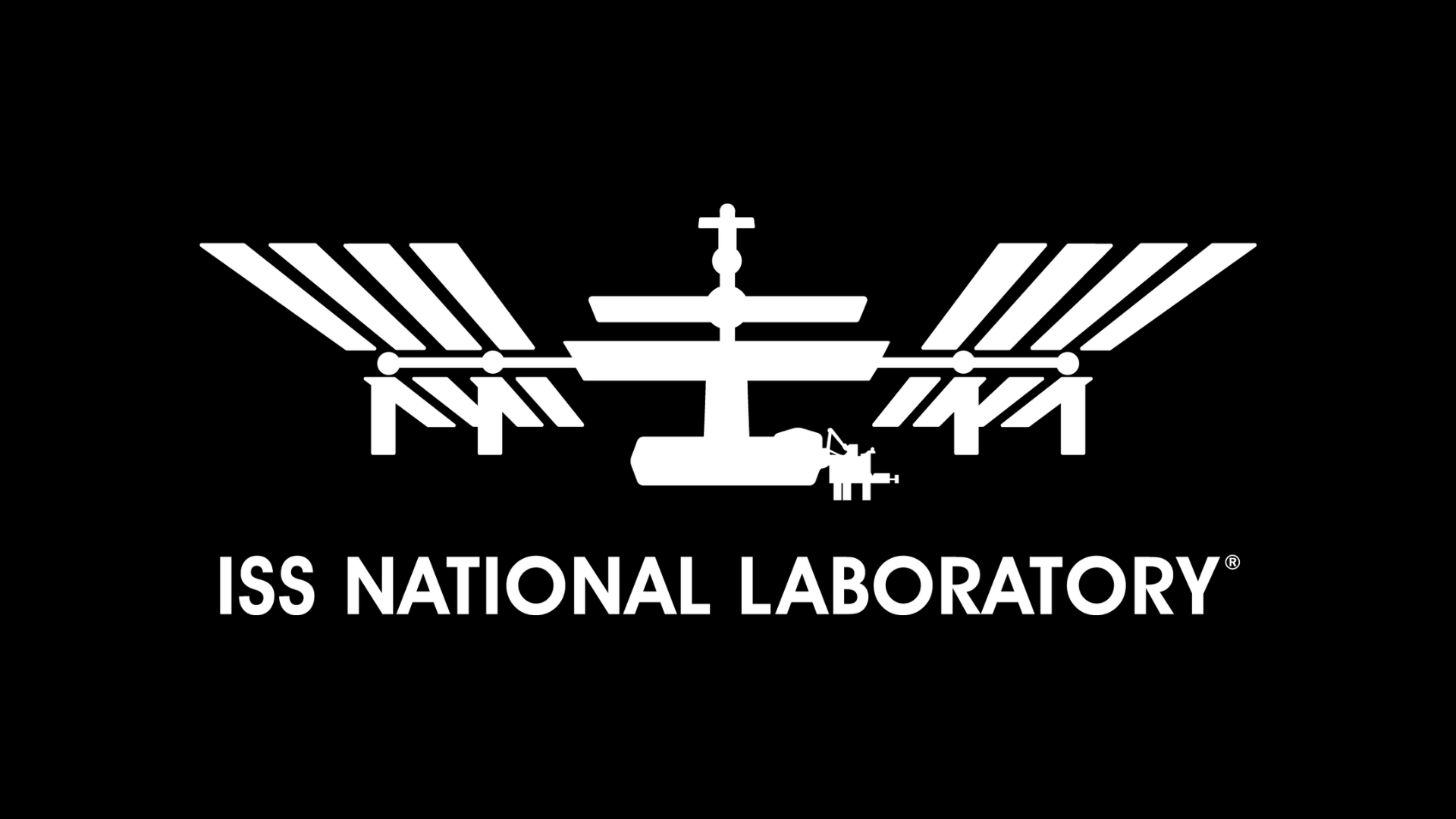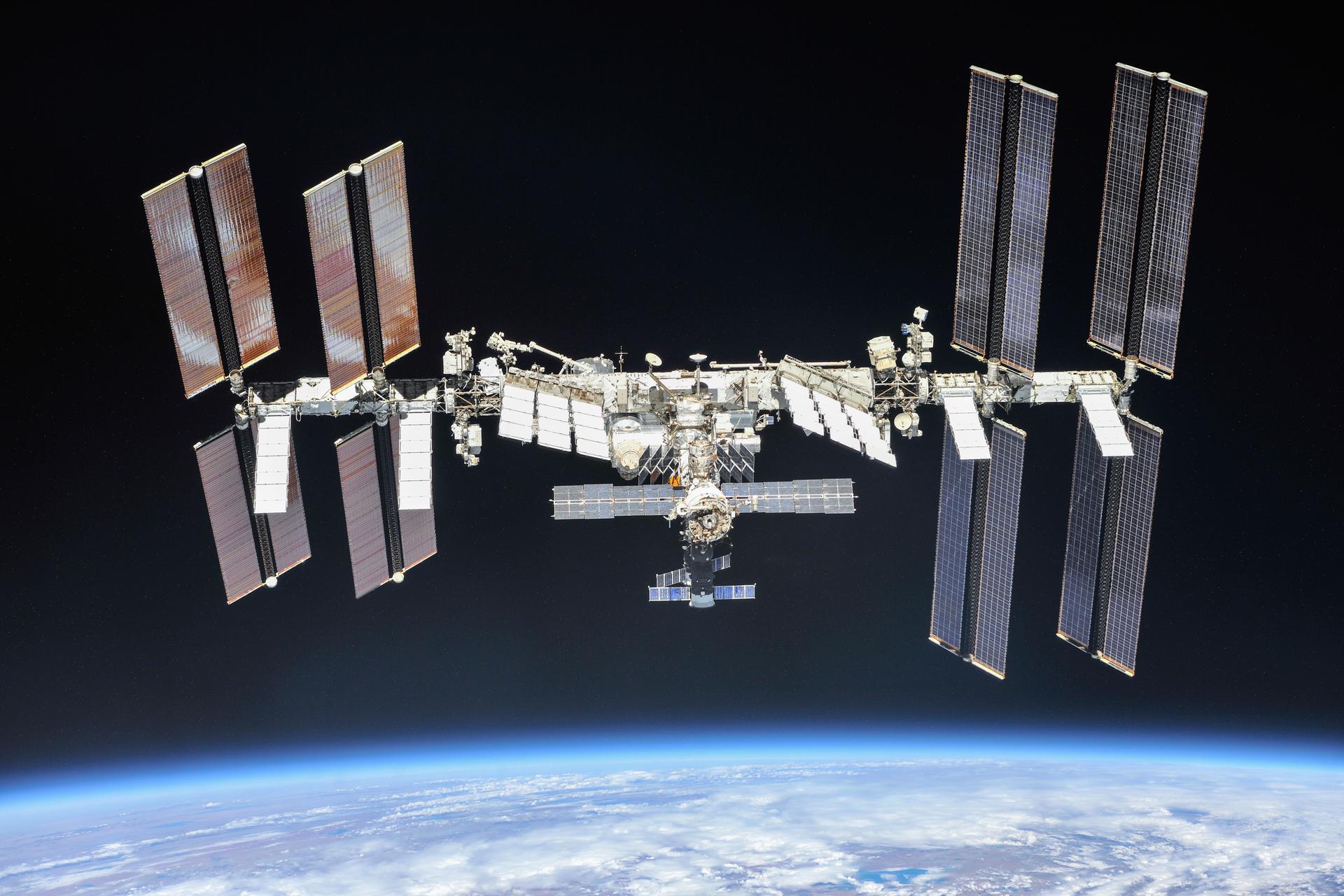## From Space Station to Saving the Planet: How the ISS is Becoming Earth’s Biggest Science Lab 🌎🚀
Ever wondered what happens up there, beyond the Earth’s atmosphere? Beyond the stunning views and astronaut selfies, the International Space Station (ISS) is quietly becoming a revolutionary platform for solving Earth’s most pressing problems.

Think of it like this: the ISS is no longer just a place to conduct experiments in microgravity. It’s evolving into a global brain trust, a space-based laboratory dedicated to harnessing the power of science to benefit our planet. This is where cutting-edge research on climate change, disease, and sustainable living takes flight.

Unlocking New Materials

Beyond the groundbreaking research on cartilage regeneration, the NSF-funded experiments on the ISS are pushing the boundaries of material science. These investigations aim to develop novel materials with diverse applications across various industries, including aerospace, defense, energy, and robotics.
One such experiment focuses on creating a new type of soft active material, inspired by the properties of living organisms. These materials, capable of adapting and responding to their environment, hold immense potential for creating next-generation robots, prosthetics, and even medical implants. The unique microgravity environment of the ISS allows scientists to study the formation and behavior of these materials in a way that’s impossible on Earth, where gravity significantly influences their structure and properties.
Another NSF-funded project is exploring the development of advanced composite materials for aerospace applications. These lightweight, high-strength materials could revolutionize aircraft and spacecraft design, leading to more fuel-efficient and durable vehicles. The microgravity environment provides an ideal setting to study the behavior of these composites under extreme conditions, as they are subjected to significant stresses and strains during launch and reentry.

The Power of Microgravity
The International Space Station (ISS) offers a unique scientific platform unlike any other on Earth. Its persistent microgravity environment allows researchers to conduct experiments that are fundamentally impossible to replicate on our planet.

Unveiling Fundamental Physical Processes
Microgravity allows scientists to observe and investigate physical phenomena that are masked by Earth’s gravitational pull. For instance, the behavior of fluids in space is significantly different from their behavior on Earth, due to the absence of gravitational forces influencing their flow and interactions.
Advancing Materials Science
As previously mentioned, the unique conditions of microgravity significantly impact the formation and behavior of materials. This opens up new avenues for creating novel materials with unprecedented properties.
Exploring Biological Processes
The human body responds to microgravity in fascinating ways, providing valuable insights into the fundamental mechanisms of bone density, muscle atrophy, and the cardiovascular system. These insights can lead to breakthroughs in treating age-related diseases and improving astronaut health during long-duration space missions.
A Collaborative Effort
The success of the international research endeavors on the ISS is a testament to the collaborative spirit driving space exploration. The National Science Foundation (NSF) plays a pivotal role in supporting fundamental research on the ISS, providing grants and funding opportunities to researchers across the United States.
The ISS National Laboratory serves as a vital partner, managing the scientific resources and infrastructure on the station and facilitating collaborations between researchers from various disciplines. Private companies like SpaceX, through their resupply missions, provide the crucial transportation link, ensuring that vital supplies and experiments reach the ISS.
This collaborative ecosystem fosters an environment of innovation and scientific discovery, bringing together the expertise of government agencies, academia, and the private sector to push the boundaries of human knowledge.
Expanding the Horizons of Science
The International Space Station is more than just a research laboratory; it’s a symbol of human ambition and scientific progress. It serves as a unique platform for fundamental science research, allowing us to explore the universe and our place within it in unprecedented ways.
Unlocking the Secrets of the Universe
From studying the effects of microgravity on biological systems to observing distant celestial objects, the ISS provides a vantage point that is unmatched on Earth. Observations from the ISS have contributed significantly to our understanding of astrophysics, cosmology, and the origins of the universe.
Advancing Technological Innovation
The challenges of conducting research in space drive technological innovation and lead to the development of new technologies with applications that extend far beyond the realm of space exploration. Innovations in areas such as materials science, robotics, and life support systems often have profound impacts on industries and society as a whole.
Investing in the Future
Continued investment in space research is crucial for addressing global challenges, fostering economic growth, and inspiring future generations.
The International Space Station serves as a testament to the power of international collaboration and the transformative potential of scientific discovery. By supporting research on the ISS, we are investing in a future where space exploration and scientific advancement contribute to a better understanding of our world and our place in the cosmos.
Addressing Global Challenges
Space research plays a vital role in addressing global challenges such as climate change, food security, and resource management. Satellites launched from the ISS provide crucial data for monitoring Earth’s climate, tracking deforestation, and managing natural resources effectively.
Fostering Economic Growth
The space industry is a rapidly growing sector that creates high-paying jobs and drives technological innovation. Investments in space research stimulate economic growth and contribute to the development of cutting-edge technologies with applications in diverse industries.
Inspiring the Next Generation
The International Space Station serves as a beacon of inspiration for young people around the world, igniting their curiosity and encouraging them to pursue careers in STEM fields.
Promoting STEM Education
By showcasing the wonders of space exploration and the groundbreaking research conducted on the ISS, we can inspire a new generation of scientists, engineers, and mathematicians to contribute to the advancement of human knowledge.
Creating a More Inclusive Future
Space exploration has the potential to unite people from all walks of life, fostering a sense of shared purpose and global collaboration. By making space accessible to all, we create a more inclusive and equitable future where everyone has the opportunity to contribute to the exploration and understanding of our universe.
Conclusion
Conclusion: A New Horizon for Earth’s Benefit
As we conclude our exploration of the International Space Station National Laboratory, it’s clear that the science-to-benefit-Earth initiative is a game-changer for our planet’s future. By leveraging the unique environment of space, researchers and scientists are unlocking new discoveries and innovations that will have a profound impact on our daily lives. From developing sustainable food sources to improving our understanding of climate change, the projects and collaborations highlighted in this article demonstrate the vast potential of space-based research.
The significance of the International Space Station National Laboratory extends far beyond its role as a hub for scientific inquiry. By fostering global cooperation and driving innovation, it is helping to address some of the world’s most pressing challenges, from environmental degradation to growing global populations. As we look to the future, it’s clear that the implications of this initiative will be felt for generations to come. With a growing focus on space exploration and development, we can expect to see even more breakthroughs and advancements in the years to come.
As we venture further into the vast expanse of space, we are reminded that the benefits of science and innovation know no bounds. The International Space Station National Laboratory is a shining example of what can be achieved when human curiosity and ingenuity come together. As we continue to push the boundaries of what is possible, we are reminded that the future of our planet is inextricably linked to the future of space exploration. The question is no longer “why,” but “what’s next?” – and the possibilities are endless.